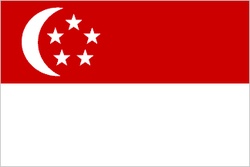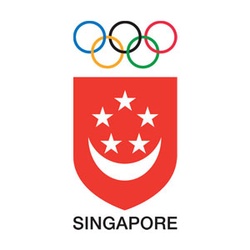Singaporean cuisine is an example of diversity and cultural diffusion in Singapore, with a fusion of Chinese, Indian, Malay and Tamil influences.
In Singapore's hawker centres traditionally Malay hawker stalls selling halal food may serve halal versions of traditionally Tamil food.
Chinese food stalls may introduce indigenous Malay ingredients or techniques.
An annual arts festival is also organized by the National Arts Council that incorporates theatre arts, dance, music and visual arts, among other possibilities.
The architecture of Singapore is varied, reflecting the ethnic build-up of the country.
Singapore has several ethnic neighbourhoods, including Chinatown and Little India. These were formed under the Raffles Plan to segregate the immigrants. Historically, the demand for high-end buildings has been in and around the Central Business District (CBD).
After decades of development, the CBD has become an area with many tall office buildings. These buildings comprise the skyline along the coast of Marina Bay and Raffles Place.
No building in Singapore may be taller than 280 metres.








